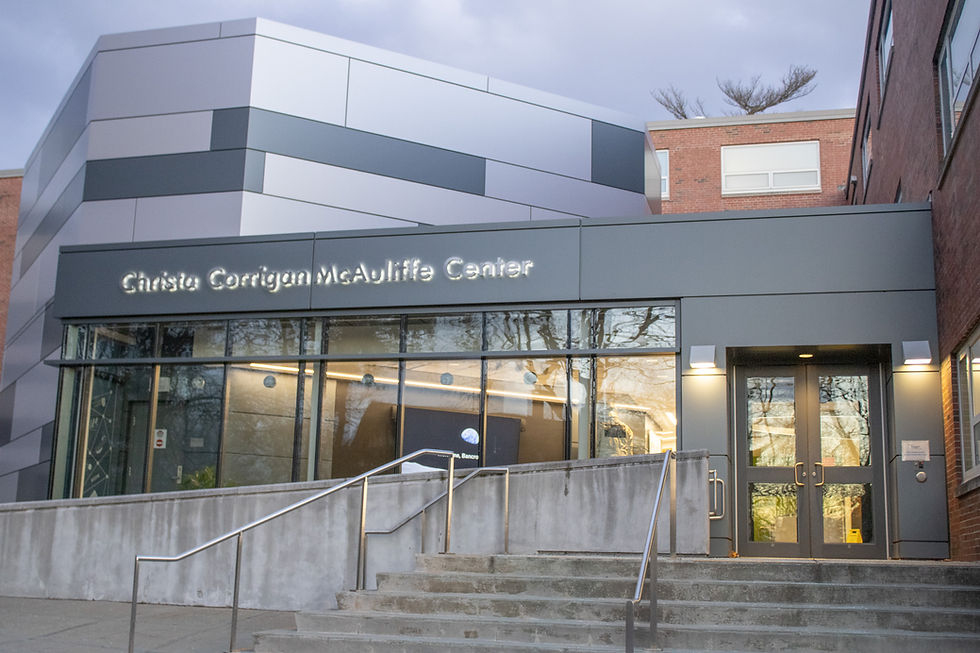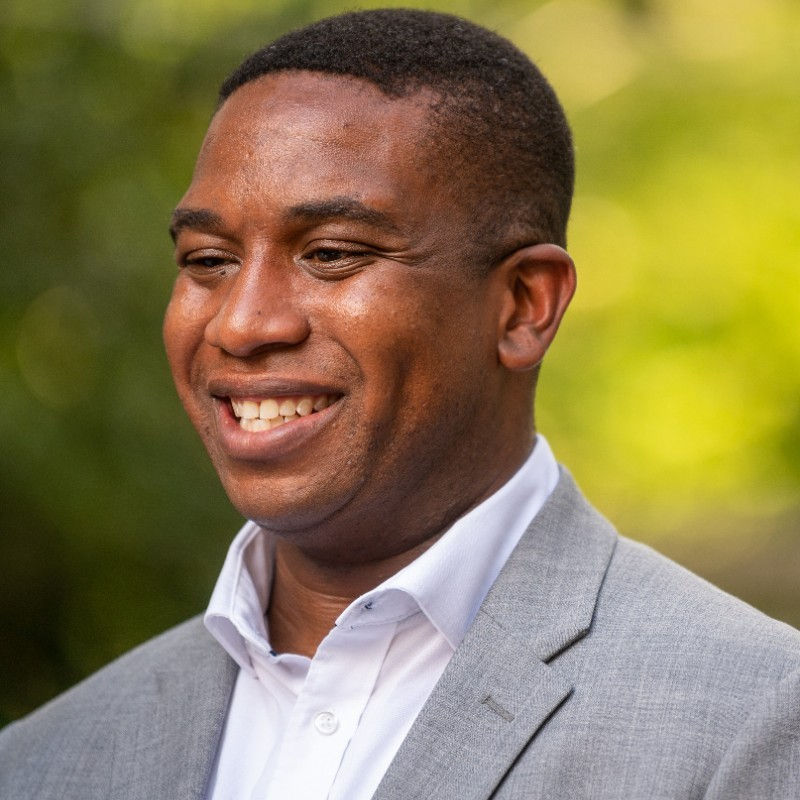Students voice safety concerns during SGA Safety Walk
- Dallas Gagnon
- Nov 12, 2021
- 4 min read
By Dallas Gagnon
Students expressed their concerns about on-campus safety during this semester’s Safety Walk Nov. 8.
The event was organized by SGA.
According to SGA President McKenzie Ward, “The goal of this walk is to highlight different areas on campus that students consider a concern to student safety.”
The participants met at 5:00 p.m in front of the McCarthy Center. The Safety Walk consisted of five primary stops.
The first destination was the Ram Tram stop, followed by the Athletic Center, Hemenway Hall, State Street crosswalk and the basketball court behind Miles Bibb Hall. The route was completed by walking from Adams Road toward Maynard Road and the walk ended in front of the McCarthy Center.
Specific concerns Ward raised were handicap accessibility to “Code Blue” stations, surveillance at the Ram Tram stop, exterior lighting, and crosswalk safety.
Ward said students are concerned about the positions and locations of cameras. She said cameras should be positioned to “catch people’s faces.”
She added cameras should also be placed in high-trafficked areas because “that’s where people are probably going to target,” referencing the placement of Patriot Front decals on lamp posts in front of the McCarthy Center last week.
Dara Barros, SGA Diversity and Inclusion Officer, asked whether cameras are facing the Ram Tram stop. “If we are coming back from work late, there should be a camera here.”
She said it is dark when she is going to or from work. Students have to call the Student Transportation desk and wait to be picked up.
According to Ann McDonald, chief of sta. and general counsel, “I recall that being a spot of concern for exactly the reasons you just described. So we can check to make sure.”
FSUPD Sergeant Robert Cormier said that although “cameras are fabulous, it becomes this big machine that you have to feed. The more cameras you get, the more you have to repair and the more money you have to spend. Even cameras everywhere won’t catch everything.”
Barros said Crocker Grove is another area of concern because it is not well lit in the evening. “It’s almost pitch black from this walkway all the way there [West Hall].”
Patricia Whitney, assistant vice president of facilities and capital planning, said the street lights are either based on a timer or a daylight sensor.
Ward asked if adding a light in front of the Athletic Center was a possibility to illuminate the Crocker Grove pathway.
Whitney said, “I think it’s possible. ... We have to find a way to come on a Saturday night to look at it when everything is off.”
Ward said the blue light box located on Dwight Hall is not accessible to people with physical disabilities. She asked if another blue light could be placed on Hemenway that is more accessible to students.
Whitney suggested relocating the blue light rather than installing an additional unit. However, she said IT handles this issue and would have to be contacted for a final answer.
Cormier said using a cell phone in the case of an emergency is “an even better solution, in a sense, than the code blue. You can push a button or you can dial and we’ll probably get to you even faster than the code blue.”
He added, “It’s been my experience on campus that timely reporting is an issue. If people would call right away, my goodness, yes, we would be able to solve a lot more things.”
Ward asked if adding “flashers” for the crossing area between Miles Bibb Hall and Corinne Hall Towers was a possibility for evening crossing and to deter speeding.
Whitney said, “We can talk to the city about that. I can tell you from an engineering standpoint they would not put one here and the reason they wouldn’t put it here is because it’s too close to that intersection.”
Barros said, “There are some cars that just zoom this way or on Maynard Road.”
Whitney said the City of Framingham reconstructed an entire intersection a few years ago “at our request.” Thermal plastic, which is also reflective, was put in and could be an option for this crosswalk.
“They [Framingham] had a plan last year to do the one at Maynard intersection, and they had to put it off due to COVID. I can certainly ask them the question. Like us, they have a road budget,” said Whitney.
If there is an exterior light that needs to be replaced, Whitney said a repair request can be completed by going into the work order system. “You have a choice that says facility and it will say academic and administrative building, resident hall buildings, grounds. So you click on that [grounds]. It’s a drop-down menu.”
She added University Police are “really good at reporting to us [and] if there is a piece of tape on it, it means it’s already been reported.”
According to McDonald, the Safety Walks are usually held after Daylight Savings Time ends so it will be dark enough to see safety concerns.
She said, “It’s interesting because it makes you look at the campus in a different way.
“A couple years ago when we did the safety walk, that area we were just in back there [between Foster Hall and McCarthy Center] was dark, and we had actually had a student complain about that area, so they added that one light and now that area is really, really light.”
According to Ward, areas that the Safety Walk does not cover, such as the Union Avenue Parking Lot, are usually verbally reported to Executive Vice President Dale Hamel and Patricia Whitney.
[Editor’s note: McKenzie Ward is Opinions Editor for The Gatepost.]





